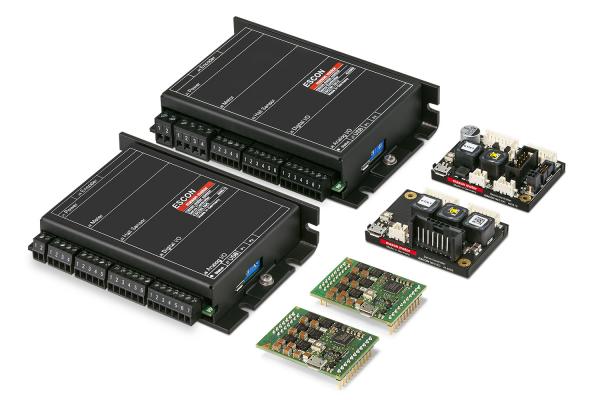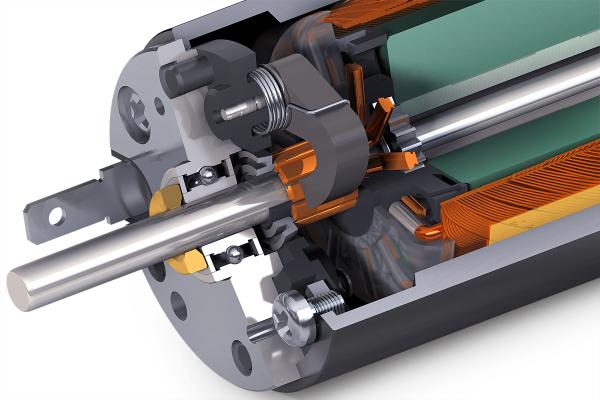In my last blog post, I briefly touched upon the various characteristics of precious metal and graphite brushes. But what if you are not ready to select the brush type because you are still deciding whether to choose a brushed or brushless motor? So you may ask yourself – Which commutation system would be more effective for my design?
Operating Life:
One of the first questions to ask yourself – what is your duty cycle and desired service life? If you are looking for a motor with a long life expectancy, consider a brushless motor. Brushed motor life is limited by the brush type and can attain 1,000 to 3,000 hours on average, while brushless motors can attain tens of thousands of hours on average, as there are no brushes to wear. The limiting factor is the wear on the bearings.
Efficiency:
When contemplating between brushed and brushless motors, one would assume that brushless motors would have a higher overall efficiency – however, it is actually the opposite with Maxon, due to the iron-less core brushed motors design. With this design, stator magnetization is permanent and there are no eddy current losses. However, there are eddy current losses in our brushless motors, which heat the material due to its electrical resistance and, therefore adds to the losses. The eddy currents’ amplitude is proportional to the speed; the Joule losses increase with the square of the induced currents, therefore the Eddy current power losses increase with the square of the speed. Overall, the higher speeds, the higher the eddy current losses in brushless motors.
This is just an overview of motor efficiency, and we also recommend considering the efficiencies within your full drive system, such as gearboxes and controllers. To learn more, please visit Urs’ Kafader blog post here.
Actuation:
Brushed DC motors can simply be actuated by a DC voltage supply – even a battery. Brushless motors are slightly more complicated and need to be electronically commutated with a controller, increasing the components and cost of the overall system. Depending on the degree of precision required, one may decide sensorless block commutation, block commutation using Hall Sensors, or sinusoidal commutation using the Hall sensors with or without an encoder will give them the results they need.
These are just a few characteristics to consider when selecting a commutation system. If you ever find yourself at a standstill in your decision, our experienced Sales Engineers across the globe are awaiting your call. If you are unsure of who contact, please visit our maxon motor website






